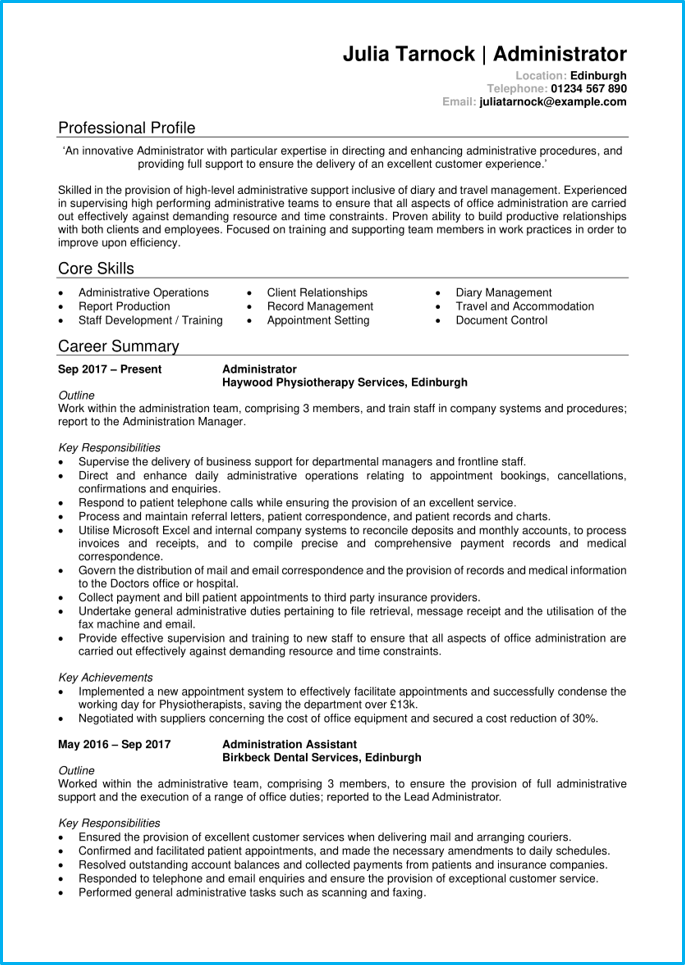

Total hospital cost increased by $999 for each litre of fluid above 5 L (adjusted R 2 = 92.7%, p = 0.005). However, in patients receiving high volume resuscitation (5 to ≥9 L), the mortality increased by 2.3% (95% CI 2.0, 2.5% p = 0.0003) for each additional litre above 5 L. In the entire cohort, low volume resuscitation (1-4.99 L) was associated with a small but significant reduction in mortality, of -0.7% per litre (95% CI -1.0%, -0.4% p = 0.02). The hospital mortality in the entire cohort was 25.8%, with a mean ICU and hospital length of stay of 5.1 and 9.1 days, respectively. The administration of day 1 fluids was remarkably consistent on the basis of hospital size, teaching status, rural/urban location, and region of the country. We assessed trends in the difference between actual and expected mortality, in the low fluid range (1-5 L day 1 fluids) and the high fluid range (5 to ≥9 L day 1 fluids) categories, using weighted linear regression controlling for the effects of sample size and variation within the day 1 fluid category.ĭay 1 fluid administration averaged 4.4 L being lowest in the group with no mechanical ventilation and no shock (3.6 L) and highest (5.4 L) in the group receiving mechanical ventilation and in shock. Patients were grouped by the requirement for mechanical ventilation and the presence or absence of shock. We built binary response models for hospital mortality and the propensity for receiving more than 5 L of fluids on day 1, using patient age and acute conditions present on admission. Day 1 fluid was grouped into categories 1 L wide, starting with 1-1.99 L up to ≥9 L, to examine the effect of day 1 fluids on patient mortality. We used the 2013 Premier Hospital Discharge database to analyse the administration of fluids on the first ICU day, in 23,513 patients with severe sepsis and septic shock, who were admitted to an ICU from the emergency department.

“This proposal is not related to the quality of work or the skilled people in our Hull manufacturing site and we will work with those affected to minimising the impact as much as possible.”Īt the time of filing the accounts for 2018, Ideal Standard employed 272 people across its UK operations.The optimal strategy of fluid resuscitation in the early hours of severe sepsis and septic shock is controversial, with both an aggressive and conservative approach being recommended. “We understand that this is difficult news for everyone involved and an unsettling time. “The proposal could impact 85 manufacturing roles and we have now entered a formal 30-day collective consultation period.

Ideal Standard was forced to pay out over £1.5m as part of the move.Įarlier this month, the historic Hull manufacturer revealed plans to shift manufacturing from its National Avenue base to an existing site in Egypt. Ideal Standard has opened a new £1m showroom in London (Image: Ideal Standard) It was reported that, across the country, members of company retirement schemes were expected to receive a share of an estimated £15bn windfall. The old scheme allowed for men’s and women’s pension schemes to be treated differently. In October 2018, the High Court ruled during a high-profile pension case involving Lloyds Bank that company schemes must be adjusted to remover gender inequalities caused by Guaranteed Minimum Pensions.

Ideal Standard accused of 'withdrawing enhanced redundancy offer' with 85 jobs at risk.However, sweeping pension changes enforced by the High Court impacted heavily on the bathroom manufacturer’s year, as it fell to a loss. Turnover at Ideal Standard in the UK passed the £150m mark in 2018 – up from £147.6m in 2017. “The company is in a good position to grow revenues.” “At the end of the year, the company was in a strong financial position with a healthy balance sheet and good trading prospects. Ideal Standard, National Avenue, Hull (Image: kwoolhouse)


 0 kommentar(er)
0 kommentar(er)
